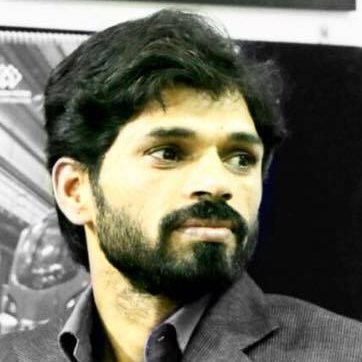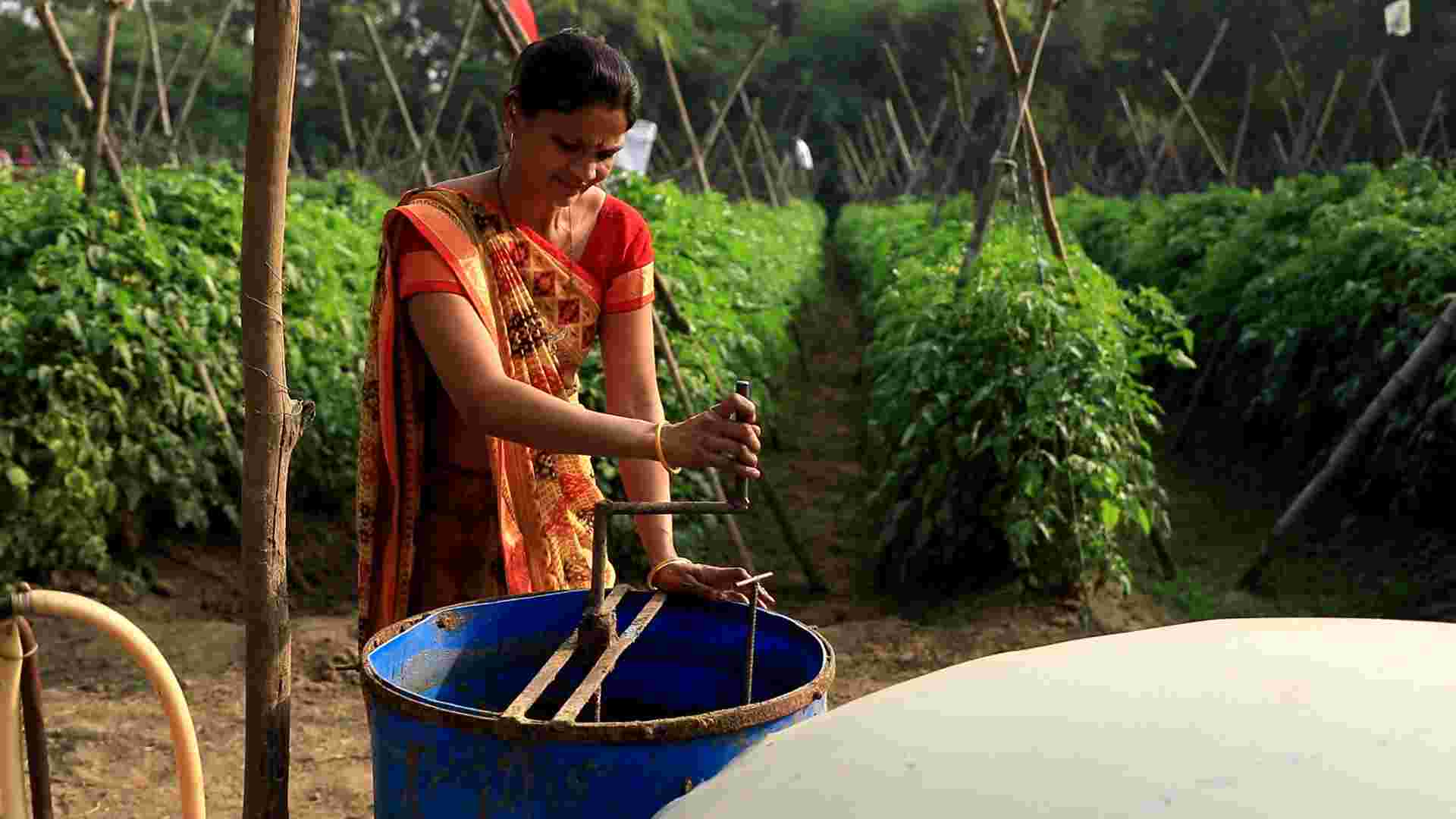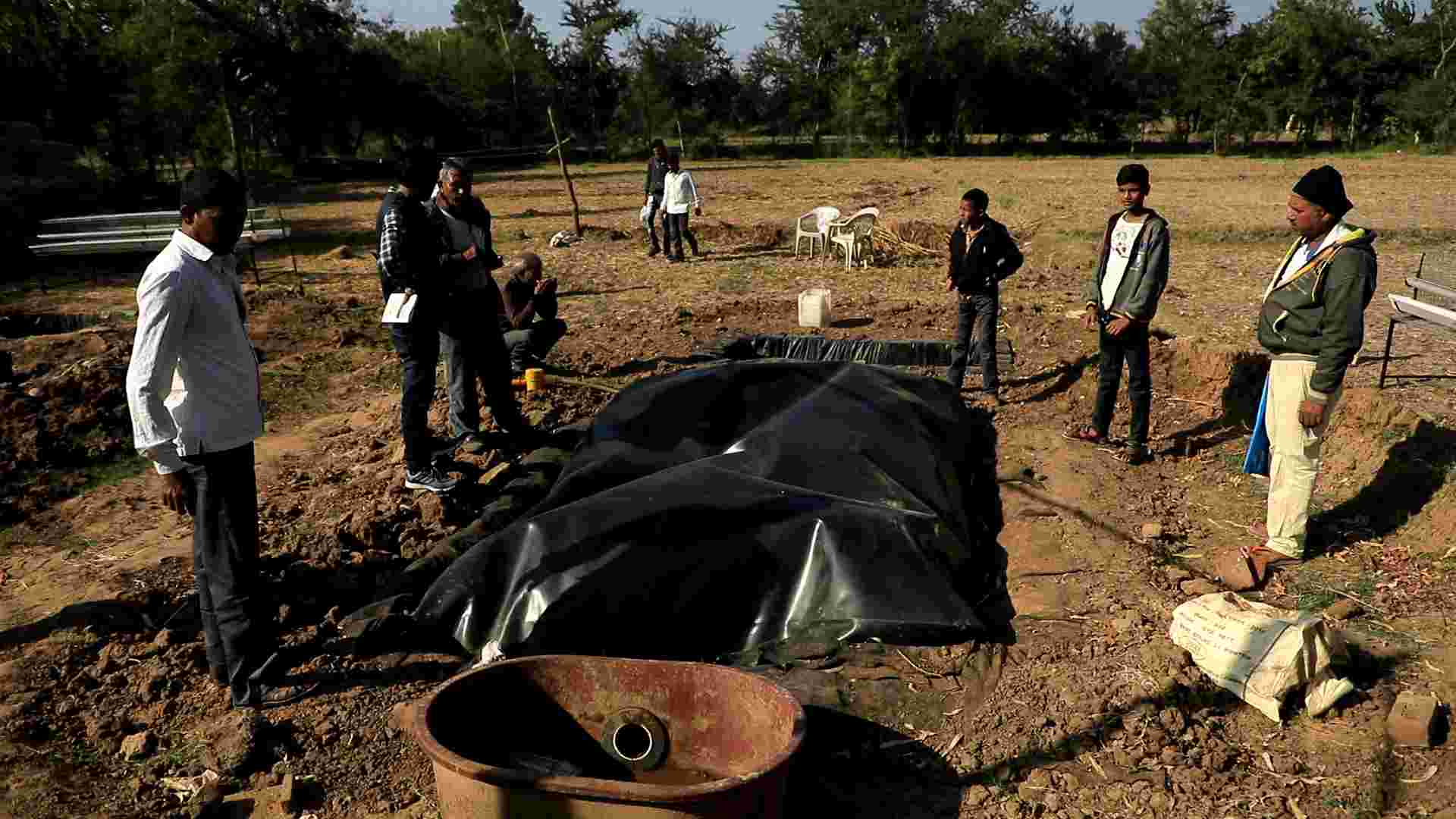Cow dung is helping farmers earn more, providing employment to women. No, it’s not a shitty joke
In Jakariapura village in Anand district in Gujarat, the government has built biogas plants and is buying the slurry for Rs 1 to 2 per litre. This has increased the income of farmers

Anand (Gujarat)
The general tendency is that people dismiss dung as useless. For urban India, it is yet another form of shit. People often casually remark: “Do you have dung in your mind?”, or use one of many proverbs and idioms in Hindi regarding gobar (dung) to point out mental weakness.
Talking about rural areas, some farmers use it as manure. In many places, they also burn it as fuel by drying it out. Yet, the price for it is minimal. However, hundreds of farmers from a village in Gujarat are now earning from the same dung.
“Our life depends on buffaloes and milk. When these cows and buffaloes stop giving milk, it becomes difficult to feed them. But now that we are able to sell their dung as manure, it is providing us with money. They may not give us milk any more, but their dung is fetching is money, so they are not a burden anymore,” said Nattu Parmar, 55, who lives in Jakariapura village, while showing a rubber balloon (gobar gas plant) by his doorstep.
In his village, all the houses associated with milk business (cow-buffalo rearing) have been installed with two cubic capacity dung gas plants by the National Dairy Development Board (NDDB) and the Ministry of Animal Husbandry. The women are provided with gas for cooking, whereas the slurry (considered useless so far) is bought from the farmers and made into organic manure, providing farmers with extra daily income. Such a pilot project has already been in operation for the past two years at Mujkua village in Anand district.

Jakariapura village falls under Borvad Taluka in Anand district, about 125 kms away from Ahmedabad. Dahevan Gram Panchayat and its adjoining area are considered to be the stronghold of milk production. Crude oil is also extracted around the village. The village has been adopted by the National Dairy Development Board, which has conducted several experiments with the farmers here. Out of these, gobar gas and poultry are the main areas of thrust.
“If farmers’ income is to be improved, dairy and livestock will have to be considered, as there are a lot of possibilities in it,” said Minesh Shah, executive director of the National Dairy Development Board. “Our effort is that apart from milk there should be other avenues of income for animal farmers. They should make gobar gas from cow dung and sell us the slurry for Rs 1-2 per liter to be made into highly sought-after organic fertilizer. So, the more you make, the more you will earn.”
There is a total of 461 houses in Jakariapura, out of which 368 houses rear animals. The NDDB has set up a cooperative society of women here and has provided biogas units to all these households and has also made women in charge of their functioning. The NDDB is also procuring the slurry which is processed into manure. According to the NDDB, it will be supplied back to farmers through institutions like Amul.
Encouraged by the Jakariapura project, the country’s Dairy, Livestock and Fisheries Minister, Giriraj Singh is preparing to implement it in every village in every district of Gujarat and in the country.

Talking about the Jakariapura model to Gaon Connection, he said: “This project has changed the village. According to the data of this village, there are 1,053 cow-buffaloes in 368 houses. The average income of these families was Rs 18,000 per annum, but when we assessed it after the slurry procurement, we found out that the income of these farmers was not increased by two-fold but had even gone up to three times. The NDDB (National Dairy Development Board) had invested Rs 1.2 crore here and farmers (of this village) earned Rs 1.9 crore within the first year.”
Highlighting the unlimited possibilities in value addition of cow dung, Union Minister Giriraj Singh said: “Farmer in our country have two kinds of cattle; one milking and the other non-milking (male and female-cow/ bull). A large population of these is stray. In states like Uttar Pradesh and Madhya Pradesh, these animals are a big problem, but if I look at Jakariapura, these animals can help increase the income of the farmer, because even if they do not give milk, they give dung and cow urine daily. So, the slurry will be a source of daily income.”
Giriraj Singh, sitting in his office in Delhi’s Agriculture Ministry, while calculating something on papers upon his table, said: “It is the endeavour of the Livestock Ministry to make milk farmers’ byproduct, dung and cow urine being the main, which must be value-added. When I speak so, most of the people might disagree with me, but I will prove it.”
In the two cubic metre gas plant at Jakariapura, watered dung is poured daily (as per the requirement) on one side, which produces methane gas, for the first time, in 30 to 45 days. After this, the supply is maintained at all times. After the waste gas is discharged from the other side of the plant, the leftover liquid dung (called slurry) is collected in a tank. On the second or third day, Amul employees come and buy it from the farmers on per litre basis. The price of this slurry is based on certain parameters (electrical conductivity and microbe), such as milk is assessed on fat content.

Explaining the mechanism of the plant to the Gaon Connection team, Sandeep Bharti, a manager at the NDDB’s cooperative services, said: “In simple language, this two cubic-meter plant will get gas equivalent to two LPG cylinders every month. So, the food for 5-7 people can easily be cooked for a month. Talking about input, the dung of 3-5 cattle (40 to 50 kg) needs to be poured in daily and water is poured at par with the dung. Taking 20-30 per cent as wastage, the remaining 70 per cent is slurry, which is procured by Amul.”
“Earlier, we had only milk as a source of our income, but now every woman has started getting an additional income of Rs 2,000-3,000 per month,” said Madhu Ben, 57, secretary, Jakariapura Milk Producer Women’s Committee. “Last month, we had given cheques to 30-35 women. The money from Amul-NDDB comes to the account of our committee, which we forward to the sisters as cheques,” she added.
The earnings from cow dung have also opened new avenues for many farmers. Ramila Ben, 47, was going to sell all her buffaloes a few days ago, but now she has changed her mind. She said: “I have four buffaloes, but only one gives milk, so I was thinking of selling the cattle and doing another business. It is because often out of the four only one gives milk, sometimes two. The rest also have to be tied and fed and watered, but now that the slurry is also sold, it is fine. Now, I can also rear a thousand buffaloes.”
Giriraj Singh, pointing to the future of farmers in the value edition of dung, said: “If the model of Jakariapura is seen in the context of the entire country, the state of the farmers will change. The estimated price of manure to be prepared in a year from the slurry of Jakariapura will be Rs 107 crore and which will also provide a GST of Rs 10 crore to the government. Initially, even if you only work through cooperative milk societies, there are 2.5 lakh milk societies and two crore members associated with them, all over the country. If you start working on slurry by creating clusters from all over the country, the country will produce 44.5 million tonnes of slurry, making the manure worth Rs 3,44,000 crore and GST of Rs 30,000 crore.”

